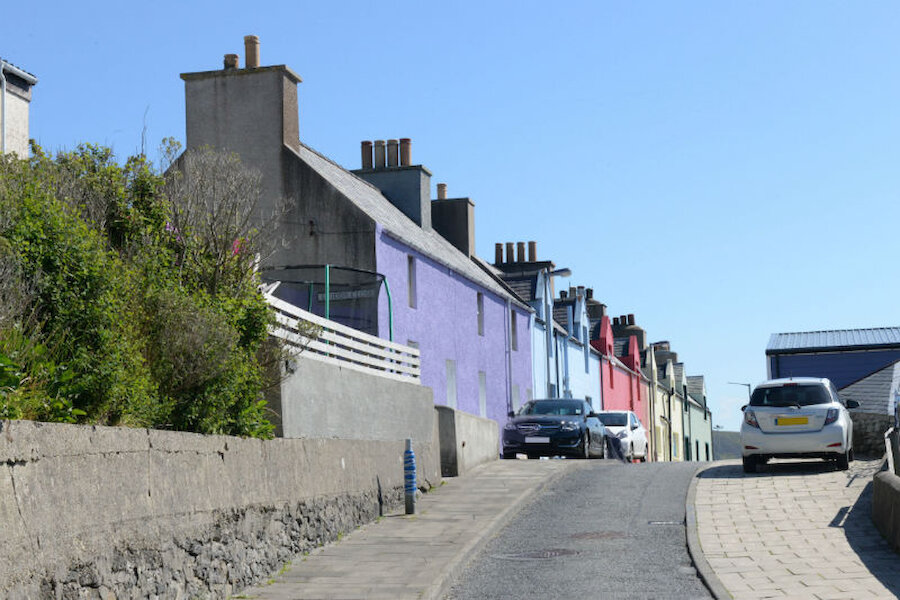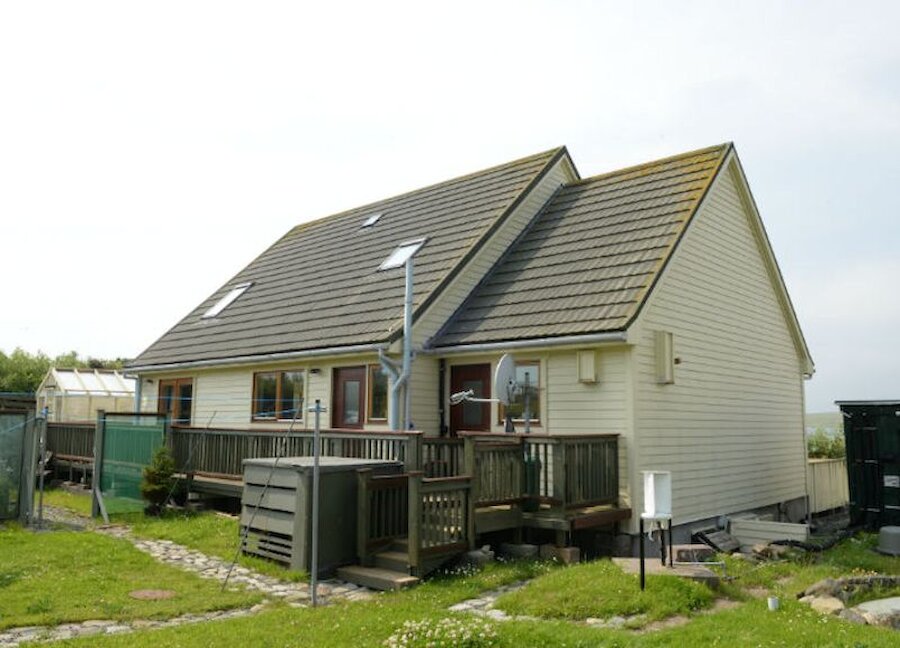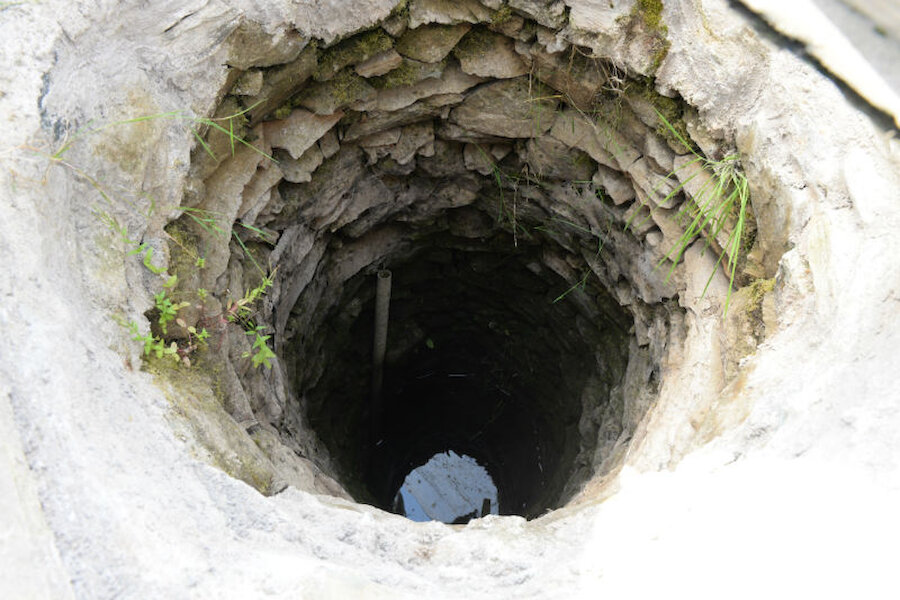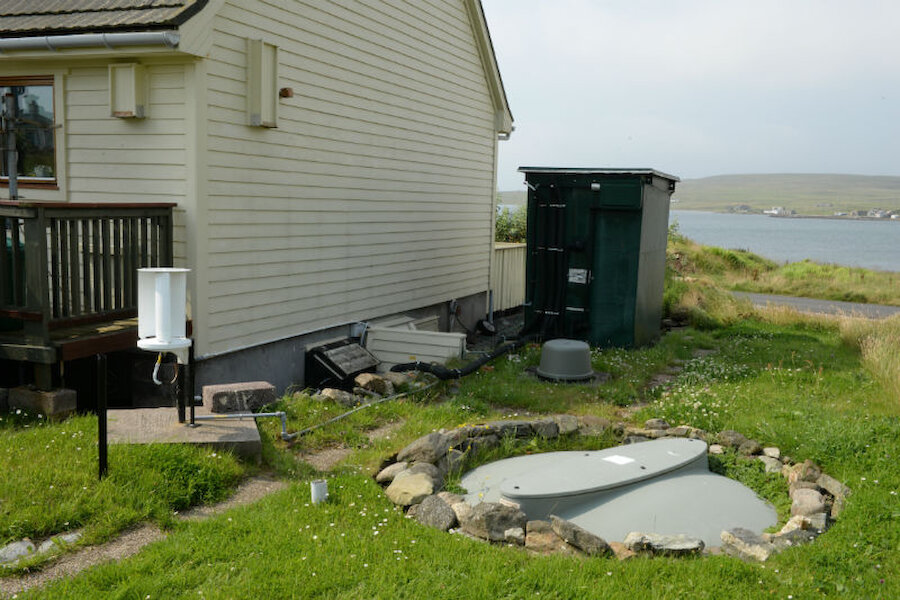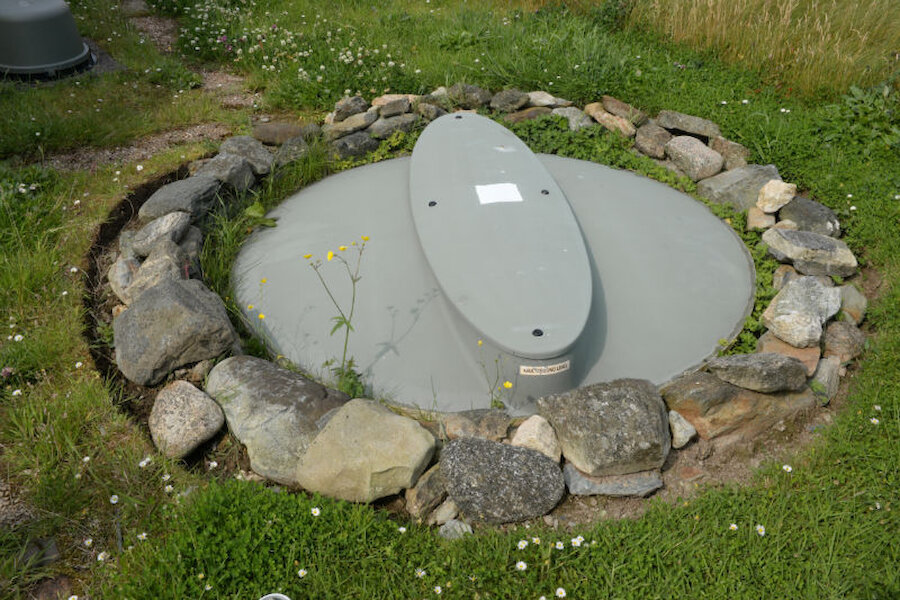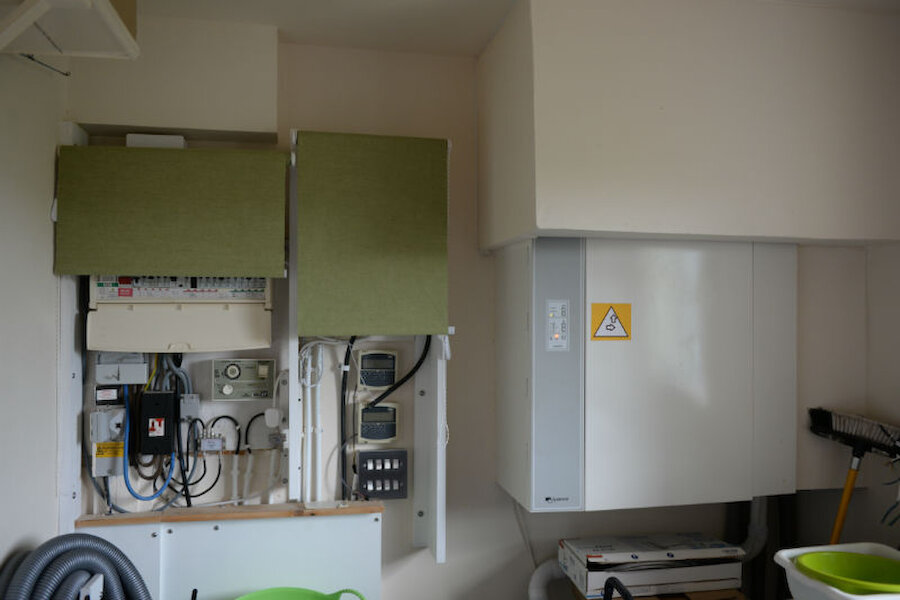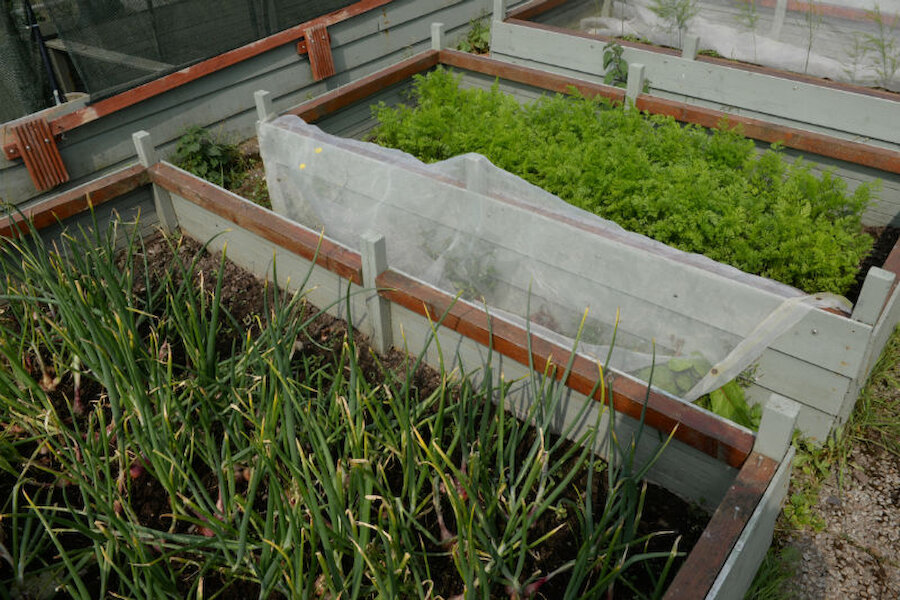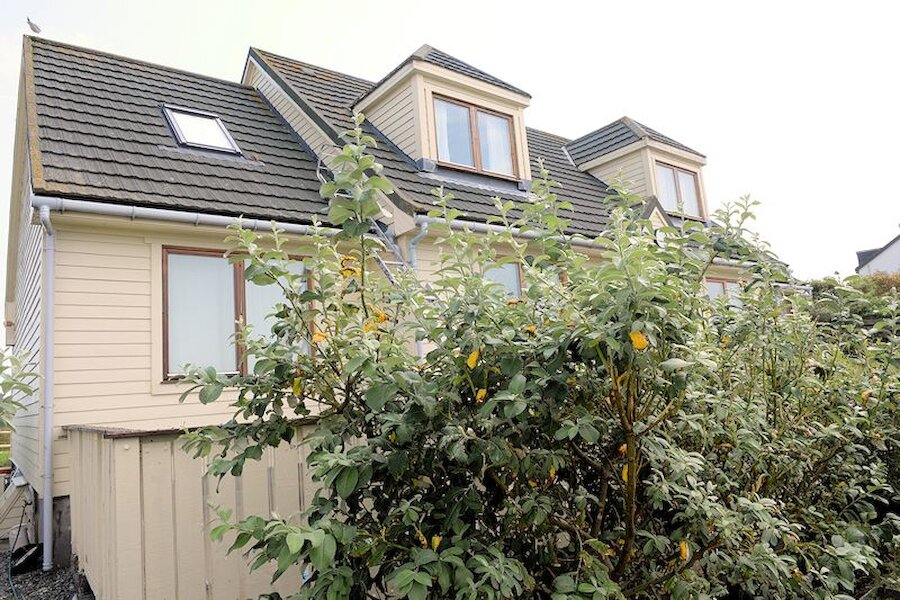On Shetland’s northernmost inhabited island, Unst, a pioneering project aimed at demonstrating practical ways of reducing carbon emissions has recently passed its tenth anniversary. The Zero Carbon House, at Uyeasound, has inspired developers elsewhere and changed government attitudes to, among other things, air-to-water heat pumps. But, as I discovered when I met its owners, Michael and Dot Rea, it remains a work in progress.
There’s no longer any doubt that climate change is upon us, as this NASA page explains. Here in Shetland, the warming trend is noticeable. Climate scientists are overwhelmingly of the view that action is needed if we’re to avoid huge disruption to life on the planet. However, more than 20 years since the Kyoto framework was agreed, the upward trend in temperatures is continuing.


